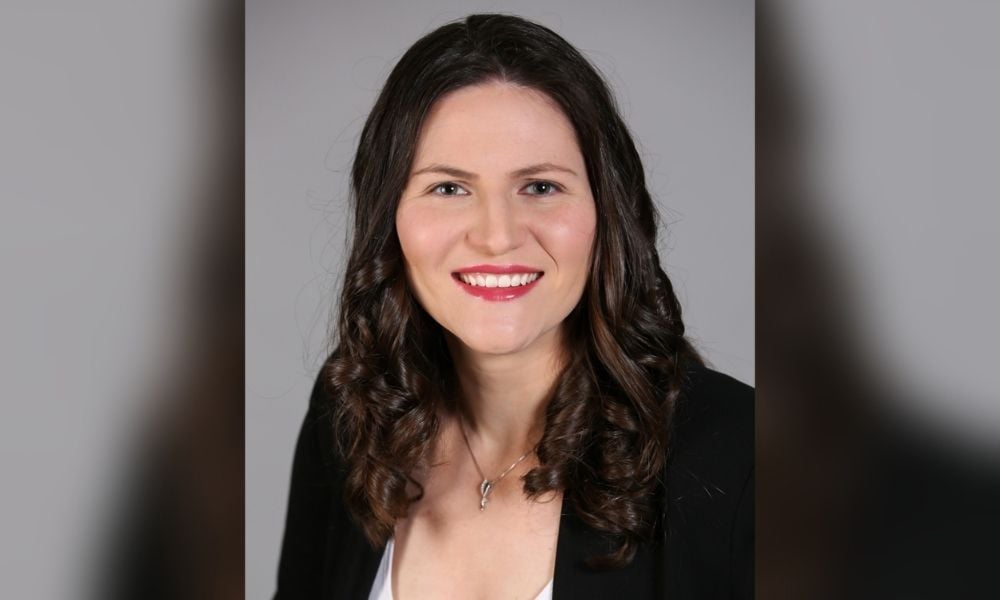There are many reasons why a variable-rate mortgage might be the best option for your client, writes Leah Zlatkin

On my first call with a client, 95% will insist they want a fixed-rate mortgage. This often comes right before or after they stress that they want the lowest rate, too, and some-times comes with a disclosure that “I want to be upfront and let you know I’ve been shop-ping around ...”
As clients become better at doing their own research, brokers must learn to showcase our value better. Mortgages are no longer cookie- cutter, and a true professional who eats, sleeps, lives and loves mortgages will view a file 50 different ways. My value starts with the variable-versus-fixed conversation and ends with the best product and rate for my client, along with a long-term strategy for our relationship together.
Despite indications that the Bank of Canada’s overnight rate may rise in 2022’s fourth quarter, I’ll still advocate for variable mortgages nine times out of 10, and even have two variable mortgages of my own. In mortgages, there’s always some element of risk. The question is, do you want to see the risk upfront or get surprised by it later?
A variable-rate mortgage comes with the upfront risk – your interest rate will change as the prime rate changes. Rate changes are usually announced at eight Bank of Canada meetings a year, with a typical change of 0.25%; very seldom have there been two consecutive increases, so there’s unlikely to be more than a 1% increase in a year.
The surprise risk comes from the fixed rate’s IRD penalty – around 1% to 8% of your principal balance, depending on the institution. Many industry experts estimate that six out of 10 Canadians will break their five-year mortgage within three to four years, resulting in that penalty.
Lifestyle is a good indicator of whether clients should take the risk upfront or later. I ask probing questions to understand clients’ circumstances. Red flags for fixed mortgages include the likelihood of the following within five years: children starting JK, G1, G8 or university; milestones like marriage, having kids and divorce; or older parents moving back home.
Let’s take two examples, using today’s five-year bank rates on a $700,000 mortgage. The first is a 1.30% variable rate with a $2,348 monthly payment, a total of $98,616 in principal payments at end of term and a $2,300 penalty to break. The second is a 2.09% fixed rate with a $2,616 monthly payment, a total of $88,563 in principal payment at end of term and a penalty of $6,400 to $56,000 to break.
Assuming rate increases are equally spread out over the next five years, you would need seven increases for the total amount of interest paid on the variable mortgage to exceed the interest paid on a fixed mortgage. From 2010 to 2020, there were a total of eight rate increases and two decreases, so the historical evidence suggests seven increases would be highly unlikely. Based on the amount of debt Canadians have incurred over the past 12 months, interest rates above 4% (which we haven’t seen for nearly 15 years) would also be highly unlikely, going by the latest Bank of Canada announcement.
Even for the most change-averse client, if red flags crop up, I still recommend variable. A good coping strategy for rate-related anxiety is to recommend a variable product where the payment amount remains the same for the duration of the term, but the amortization changes if the rate increases. The payment is constant, but the amount of principal and interest within that amount fluctuates.
Another strategy is to overpay the variable- rate payment to match what you would have paid with a fixed product. Using the earlier example, that means paying $2,616 monthly into your 1.3% variable product instead of $2,348 – effectively, $268 more into principal each payment.
If the BoC rate increases, you won’t notice it, as you’re already overpaying compared to that hike. You’ve effectively paid much more into principal, so the interest payments have decreased to the point that you’ll have outpaced your original fixed mortgage, even with an increase.
Using the same example of a $700,000 mortgage where everything else remained constant, if you paid $2,616 monthly toward your variable-rate mortgage, you would have paid down the principal by at least $26,656 more than with a fixed mortgage.
Their flexibility and versatility make variable-rate products an excellent option for your clients.
Leah Zlatkin is the co-founder and principal broker at Brite Mortgage and a mortgage expert at lowestrates.ca.
This year, she awarded as one of the best young mortgage brokers and professionals in Canada in the recent survey. Learn more by reading the Rising Stars 2023 special report.



